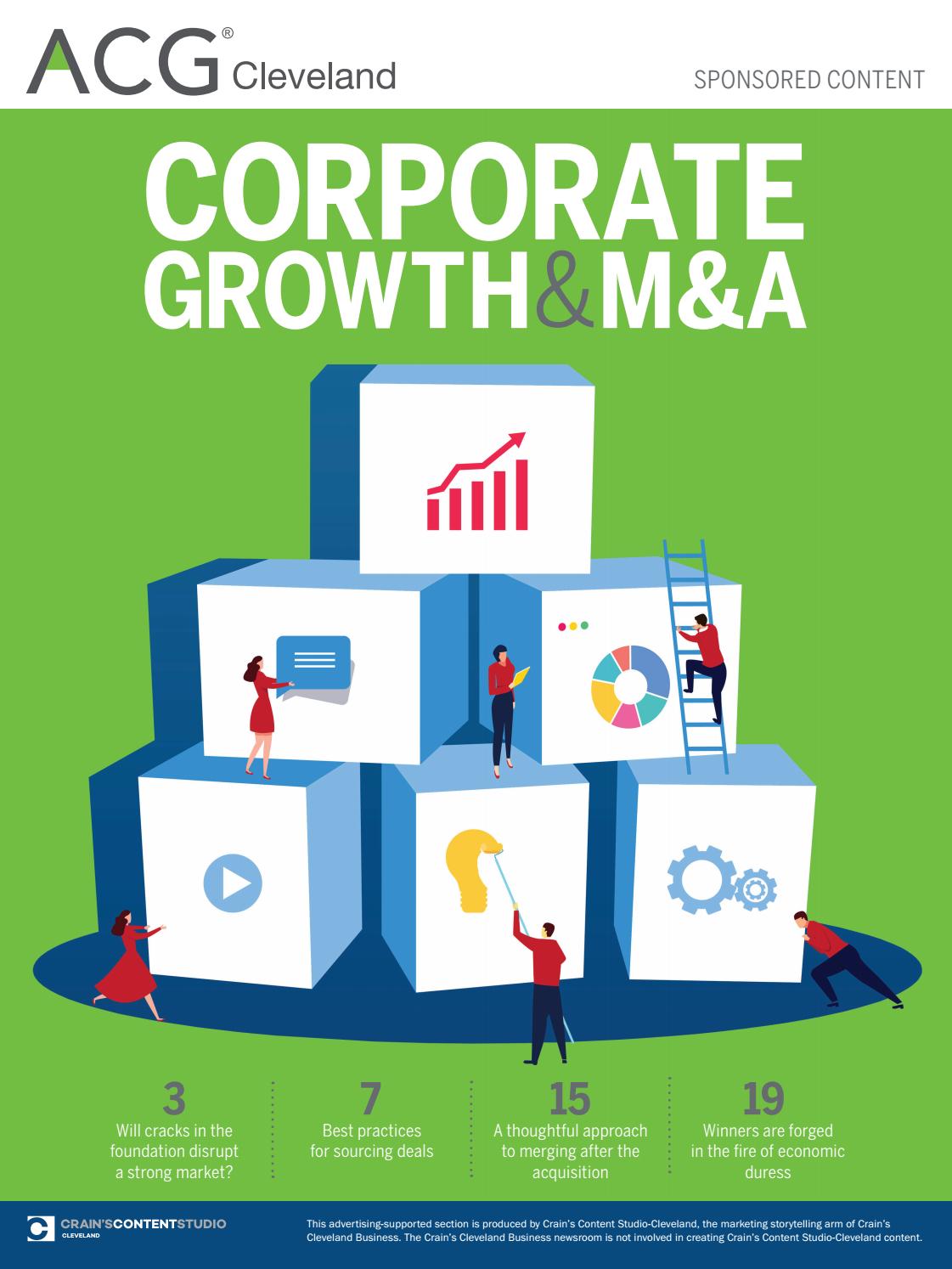
M&A has been quiet in home health care for the most part, mostly due to the implementation of the Patient-Driven Groupings Model (PDGM) and the COVID-19 virus.
Each has created uncertainty, though it was the former that kicked off the quiet M&A environment starting last year. PDGM put a halt to a lot of activity beginning in 2019, when the new payment model became a forthcoming reality to prospective buyers.
That uncertainty has brought valuation gaps between buyers and sellers when working on — or trying to work on — deals.
Buyers assume the worst under PDGM, while sellers are going to assume the best, Cory Mertz, a managing partner at M&A advisory firm Mertz Taggart, said recently at the National Association for Home Care & Hospice (NAHC) 2020 virtual Financial Management Conference.
The first half of 2020 was supposed to be the time that gave sellers a chance to prove themselves under PDGM and get some useful data underneath their belts, but now COVID-19 has tossed any information gathering out by the wayside.
“It was really hard to get transactions done last year, and we expected that to continue into the first half of this year with home health,” Mertz said. “We thought we would start seeing a little bit of an uptick probably in the third quarter, but now that’s gotten delayed a little bit further because of COVID-19.”
Without a reliable track record to go by, it’s impossible to present a clear picture of an agency to the buyer.
PDGM made it hard enough. Now COVID-19 has thrown another variable into the equation — and an unpredictable one at that.
“It’s hard to get a good data set to value a business on,” Mertz said. “I think we’ll start seeing companies come to market on the home health side over the second half of this year, but I don’t know that we’ll see a big pickup in transactions because it takes five to seven months to get these closed.”
Assessing an acquisition without easily being able to find where the seller stands from a reimbursement standpoint post-PDGM is hard to manage.
As it pertains to COVID-19, one of the biggest challenges in M&A hasn’t been the virus itself.
Instead, it’s been the legislation that has come with it, which has blurred things further.
“The CARES act and the sequestration holiday came right around the time that we were expecting the Requests for Anticipated Payment (RAPs) phase-out to have the biggest cash flow impact on home health providers,” Kris Novak, VP of M&A at Amedisys Inc (Nasdaq: AMED), said at the Financial Management Conference. “So, I think that somewhat provided cash flow where it may have been slowing down.”
The relief provided by the Provider Relief Fund and the Paycheck Protection Program (PPP) have, in some instances, painted an artificial picture of an agency’s standing during the public health emergency.
Buyers will be waiting to see first how potential sellers performed under the first six months or so of PDGM. Then they’ll have to wait to see how they managed COVID-19 once the dust settles from all of the emergency legislation.
At least in some parts of the country, there’s still hope for activity to pick up on in the last few months of 2020, Novak said.
“I am cautiously optimistic — just from a deal flow perspective — that things will start to pick up again here towards the back end of the summer,” Novak said.
The post ‘Cautiously Optimistic’: Home Health Insiders Believe M&A Will Pick Up in Late 2020 appeared first on Home Health Care News.
